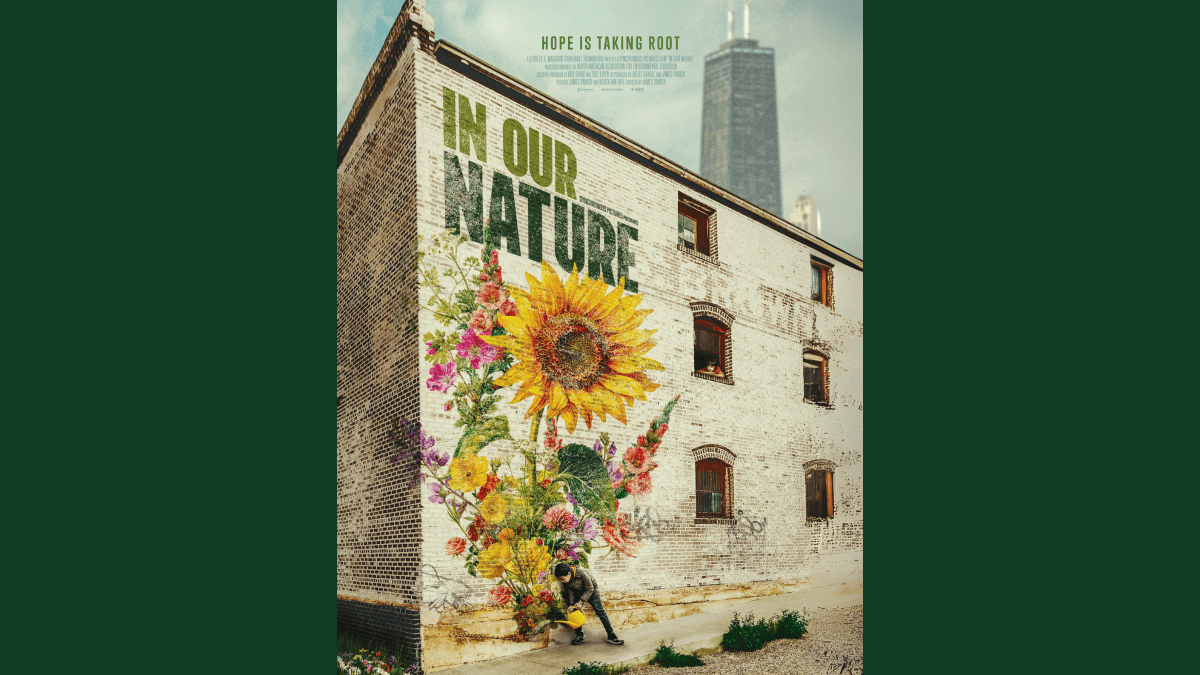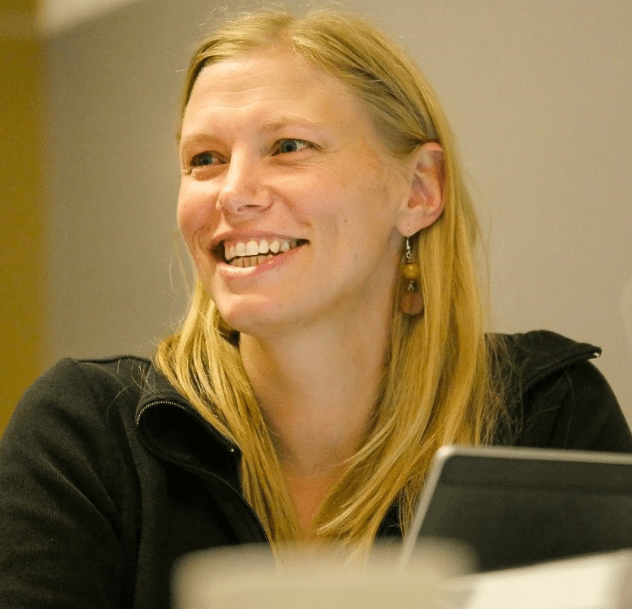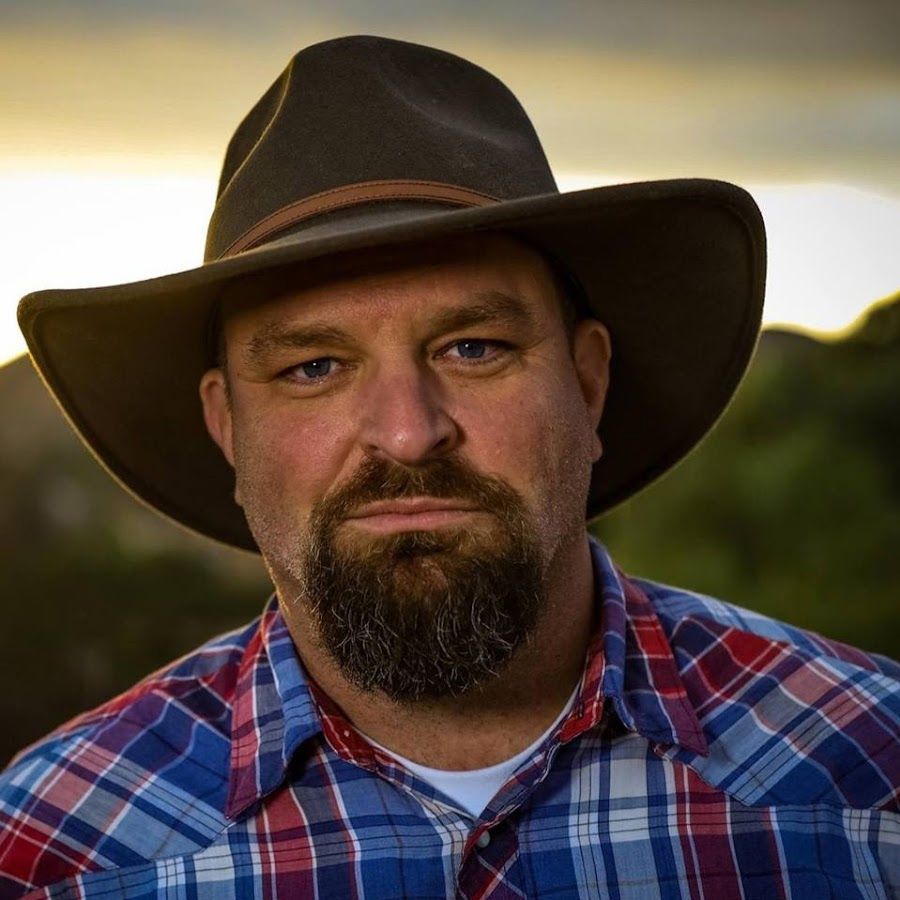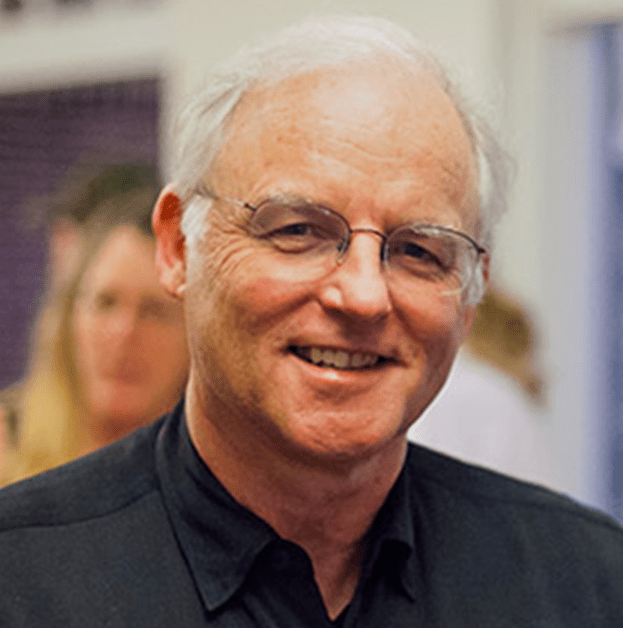Image

"In Our Nature" Discussion Guide
The In Our Nature Discussion Guide, created to support screenings of the In Our Nature documentary, is designed for local, state, and regional leaders in education, as well as others interested in sharing the power of nature and learning to create a better future for all.
Activities to Help Support EE and Engage Your Community
To further support the guidance provided in the In Our Nature Discussion Guide, we've included additional activities below for you to use during film screenings.
Share Your Story
(This activity is inspired and informed by the advocacy work of the Outdoor Alliance for Kids.)
Everyone can relate to a story. Especially elected officials and other decision-makers. They want to hear about the issues we care about. And our stories are often the most powerful tools we have in illuminating how legislation and policies impact real people.
Stories cut to the root of an issue more effectively than numbers alone. They bring personal meaning to issues that may feel unrelatable. And while not everyone will agree on policy, we can all relate to shared values and emotions. Our stories hold power to move people to be inspired and act. Thinking about the film, which stories do you remember the most? Which were the most powerful and moving? What stood out to you about these people?
Use the following tips to craft a powerful story that leaves an impression:
- Be Descriptive: Paint a picture you can see yourself in. Focus on the authentic feelings and the place where you can be the most vulnerable, honest, and passionate when you think about your experiences with nature and the environment.
- Define a Value: Articulate what you care about and why. Which values bubble up when you think about your story? Values such as fairness, safety, authenticity, beauty, community, creativity, friendship, justice, loyalty, curiosity, optimism, peace, and respect can help you connect with others as you speak about the issues that you are passionate about.
- State a Challenge: Be vulnerable in describing the obstacles you face. The more authentic and honest you can be, the more memorable your story will be.
- Identify an Opportunity: Speak from a place of hope. What kind of support do you want to achieve your dream? Remember to highlight the shared values that connect you with the people you are speaking to.
Options for activity:
- Analyze a story from the film and explore where we hold shared values. Everyone has been a child. Many people have children. Everyone experiences loss. How do our shared values influence our reactions to the film? Where do we feel moved to take action?
- Tell your stories to elected officials and advocate for expanded environmental education. Visit https://www.usa.gov/elected-officials to find the names and contact information for the people who represent you on the federal, state, and local levels.
Analyze Your Environmental Education Programs
Environmental education programs are often designed to meet multiple needs and objectives. The stories featured in the film are noteworthy for their attention to using nature to support the three themes. Thinking about nature-centered programs you are involved with, explore how they can better address the themes by asking the following questions.
- Theme: Environmental education contributes to healthier communities for all. How does this program strengthen the community it serves? What commitment can we make to do better in this area?
- Theme: Environmental education connects people not just to nature, but also to one another. How does this program create connection and friendship among participants? What commitment can we make to do better in this area?
- Theme: Environmental education is essential for mental health. How does this program address the mental health of participants? What commitment can we make to do better in this area?
Highlight Heroes
Every community has people and organizations working—often quietly—toward a healthier, greener, and more equitable future. This activity invites you to shine a spotlight on those “heroes” and share their stories.
Ideas for Schools:
- Invite local nonprofit leaders, park rangers, or environmental educators as guest speakers to talk with students and teachers about the value of nature-based learning.
- Host a “Green Heroes Day” where students interview local changemakers—such as city planners, community gardeners, or conservationists—and create posters, videos, or social media posts to showcase their work.
- Incorporate these stories into classroom lessons or assemblies to help students see how environmental action connects to civic engagement and community well-being.
Ideas for Community Organizations:
- Organize a panel or community conversation featuring leaders working to expand access to green space, nature-based education, or outdoor experiences.
- Partner with local media, libraries, or cultural centers to create a “Wall of Heroes” highlighting photos and stories of people and organizations making a difference.
- Celebrate volunteers and youth leaders with recognition events, certificates, or storytelling projects.
Ideas for Everyone:
- Collect and share stories on social media to amplify local efforts and inspire others.
- Encourage participants to identify everyday heroes—like a teacher starting a school garden, a neighbor planting trees, or a student organizing a cleanup—and thank them publicly.
By highlighting heroes and the organizations they work for, you not only celebrate existing efforts but also inspire others to take action, helping to build greener, healthier, and more connected communities. Here are some of the heroes highlighted in the film.

Jaime González is an award-winning conservationist, environmental educator, naturalist, storyteller, and network weaver working at the intersection of human health, equity, biodiversity health, climate resilience, and environmental health, collectively known as One Health. Jaime is currently the founding executive director of the University of Houston Institute for Ecological Resilience, focused on research, education, and outreach and using nature-based solutions for resilience, health, and biodiversity conservation. He was formerly the national Urban Green director for the Student Conservation Association (The SCA). Jaime also serves as board chair for NAAEE and has won numerous local, state, and national awards for his work, including the Distinguished Alumni Award from the University of Houston's College of Natural Sciences.

Sheila Williams Ridge is the director of the University of Minnesota Child Development Laboratory School. She has worked in the field of environmental education since the early nineties and is the mother of four adult children. Sheila teaches courses at the University of Minnesota and Hamline University including Nature-Based Learning in Early Childhood, A Sense of Wonder, Equity and Inclusion in Environmental Education, and Student Teaching Seminar in Early Childhood. She is also co-author of the book, Nature-Based Learning for Young Children: Anytime, Anywhere, on Any Budget, published by Redleaf Press, and several other publications on nature-based learning. She is passionate about encouraging nature-based play and the lasting developmental benefits of a relationship between children and nature.

Mary Ford is vice president of Roots & Shoots USA, the youth program of the Jane Goodall Institute, where she works to empower young people to make a difference in their communities for people, other animals, and the environment we share. This work builds on Mary’s experience in the education division of the National Geographic Society, serving K–12 students and educators globally. Previously, she worked as program leader for Youth and Educators at the Cary Institute of Ecosystem Studies in Millbrook, New York, and manager of education at the national headquarters of the World Wildlife Fund and the National Audubon Society in Washington, DC. Mary has shared her expertise in environmental education through service on advisory boards at the San Diego Natural History Museum, BSCS Science Learning, the Sustainable Forestry Initiative, and as a former board chair of NAAEE.

Griff Griffith is a renowned nature interpreter and former host of Animal Planet’s Wild Jobs. With over 30 years of hands-on experience—including fish and wildlife surveys, wildland firefighting, trail construction, commercial fishing, farming, and leading ecological restoration crews—Griff has dedicated his life to understanding and protecting the natural world. Now, as an ecologically conscious social media expert, he shares his deep passion for wildlife and conservation, helping people connect with nature and coexist more harmoniously with it. A captivating public speaker, Griff has appeared on CNN, NBC Nightly News, The Kelly Clarkson Show, MTV, various documentaries, and numerous other media outlets, inspiring audiences with his knowledge and enthusiasm for conservation. Through his work with Jumpstart Nature, Redwoods Rising, and as a natural and cultural resource interpreter, he continues to make a meaningful impact on both people and the environment.

Ellen Prusinski is the Marlene & David Grisson associate professor of education at Centre College. Ellen has worked in a variety of educational settings, including community organizations and policy institutions in the United States, high schools and universities in China, and nongovernmental organizations in Indonesia. Broadly, her research interests are in the intersections between politics and education; nonformal and community-based learning; and international education studies, particularly in Asia. She is especially interested in how community knowledge and values shape educational practices and how to increase access to environmental education, particularly for underserved groups.

Richard Louv is a journalist and author known for popularizing the term “nature-deficit disorder” in his book Last Child in the Woods. His work focuses on the importance of connecting people with nature for their health and happiness. He is a co-founder and Chairman Emeritus of the Children & Nature Network and has written numerous books that have helped connect people, especially children, with nature and spend more time outside. He also serves as honorary co-chair of Canada’s Child in Nature Alliance. Rich is a recipient of the Audubon Medal and has written for major publications like The New York Times, The Washington Post, and Orion magazine. Although he has written ten books and dozens of articles, he says he would rather hike than write.